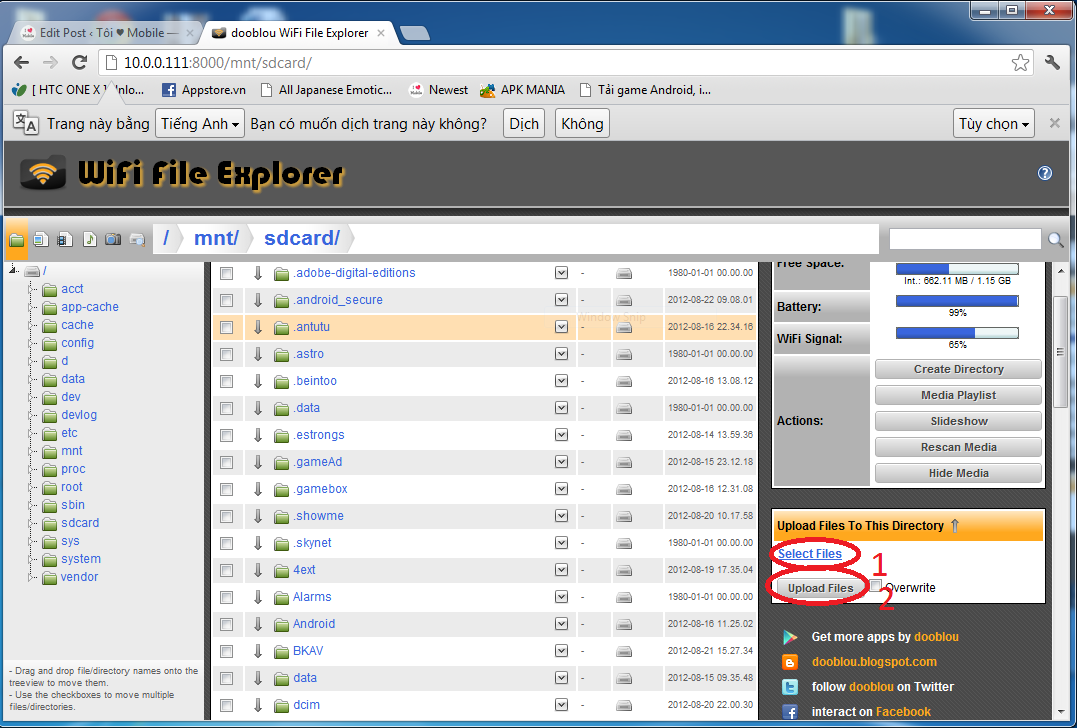
Navigating to the specific channels tabs gives you details about the band channel frequency: In NetSpot, navigating to 'Discover > Show details of selected networks' from the menu bar brings up a new window. Everyone is on the same band, on the same channel, and it gets noisy.īands also have unique channels available to them, and each channel has unique resonance. As an example, if your whole neighborhood was on a 2.4GHz band, and everyone was on channel 6, there would be a lot of interference. In the screenshot below, we'll focus on two areas: channel, and level (SNR).Ĭhannels are like fine-tuning for wifi bands. In addition to bands, channels are critical. This is handy, but NetSpot takes it a step further in offering granular details about your signals. On its main screen, you'll see all of the available networks in your area. NetSpot is a robust wifi channel scanner that returns a ton of data. Instead, we have two options you'll want to check out: NetSpot, and Wifi Explorer. Your Mac's built-in wifi analyzer is great for identifying which channels are available to you, but going beyond that requires a lot of fiddling with settings most of us won't be comfortable with.
#WIFI EXPLORER PRO APP HOW TO#
Also, read our article how to see wifi password on mac. Most are likely locked, as they're private, but this is a good illustration of how crowded the airwaves are for wifi signals. As you can see in the screenshot above, a normal environment will have tons of wifi signals available for your Mac. This is how to see all the wifi networks available to you. Make sure 'show wi-fi status in menu bar' is selected so you can check these networks right from the menu bar, just select the drop-down menu under the wifi icon.
#WIFI EXPLORER PRO APP MAC#
To learn more, visit Requires a Mac with built-in Wi-Fi.
#WIFI EXPLORER PRO APP PROFESSIONAL#

Editable column for labels or annotations.Access point name discovery (if supported).Save results for later review and analysis.Export metrics and network details to CSV file format.A detailed description of information elements (IE) advertised by the access point for advanced troubleshooting.


Signal quality ratings based on the signal-to-noise ratio (SNR).Works with 802.11a/b/g/n/ac/ax networks.Supports 2.4 GHz and 5 GHz frequency bands as well as 20, 40, 80, and 160 MHz channels.Graphical visualization of the Wi-Fi environment.Suitable for home and small office networks.


 0 kommentar(er)
0 kommentar(er)
